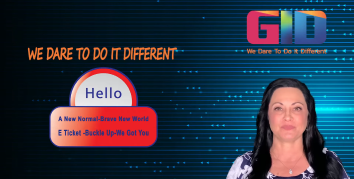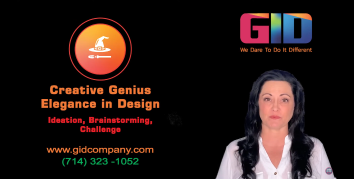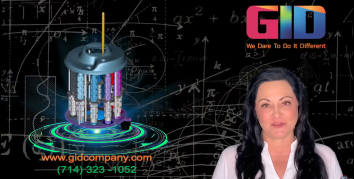In the last three decades, the prospective of 3D printing in new product development has evolved dramatically. What was once a costly prototyping technology used by an elite few has now become a thriving industry, producing both smaller-scale goods and fully functional parts and components for sectors such as aerospace, automotive, and more.
The Prospective of 3D Printing: Revolutionizing Product Development
However, a question arises among product development companies about whether the prospective of 3D printing truly proves to be the cornerstone of the next industrial revolution.
Considering the prevailing hype around 3D printing, most users were surprised when “3D Systems Corp.,” a renowned manufacturer of 3D printers and other accessories, recently lowered its profit estimates for 2013 and its projection for 2014. The closing sharp-drop in shares led some to predict that the powerful industry could be heading to a dead end.
What is the Future of 3D Printing?
Despite recent market fluctuations, the prospective of 3D printing remains strong, particularly in mainstream product manufacturing. Industries like automotive and aerospace are already harnessing the power of 3D printing in their production processes. For instance, Rolls-Royce and General Electric are developing 3D printed components for their jet engines, while Ford has been utilizing 3D printing for printing test parts for several years.
Read Also: Product Development Company, Explains How 3D Printing is Reviving Retail Industry
The prospective of 3D printing extends beyond high-value commodities; it now includes small-scale industries such as toys and consumer products. According to a McKinsey & Co. report, the benefits of 3D printing are considerable:
- Accelerated Product Development Cycles: The prospective of 3D printing allows for accelerated product development, enhancing the R&D process and reducing time to market. This requires a supply chain capable of matching the rapid production rate without compromising product quality.
- Allows Framing New Product Development Strategies and Footprints: As the expenses drop and capabilities escalate, 3D printing could be used to manufacture more parts; however, this does not imply that every part is made this way. A strategy should be framed about which parts will extract the maximum advantage from the technology. Product development companies must also look out for the framing of industry standards regarding printing materials, which could influence both price and footprint decisions.
- Increasing Sources of Revenue: 3D printing has the tendency to decrease the complication and the expense behind some production types, inspiring companies to set apart their goods in other ways, such as providing personalized designs to a wide customer base. The capability to develop replacement parts could also alter the structure of aftermarket services.
- New Capabilities: If product manufacturing companies desire to develop profitable new products, then they must not only perk-up their design knowledge in terms of 3D printing, but they must also have product designers and engineers who can overcome the technical encounters of tuning print materials, so they reap the most out of them.
Product development companies that adopted 3D printing in their early stage will be in the best position to extract maximum benefit of the technology, once it really comes into its own. If you still have any questions or queries regarding how 3D printing can help you in manufacturing a new product for your potential customers, then contact GID, a product design, prototype, and development company in California, USA.
Moreover, you can browse our portfolio to explore our proficiency and professionalism in the field of new product manufacturing. If you had that eureka moment and are planning to develop profitable products out of that for your end-users, then give us a call at 714-323-1052. We also offer free, no-obligation quote and consultation. You can like our Facebook page and follow us on X as well.

















